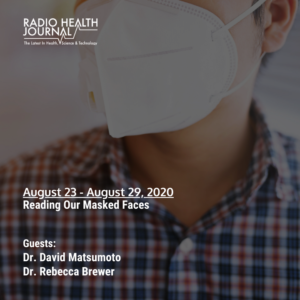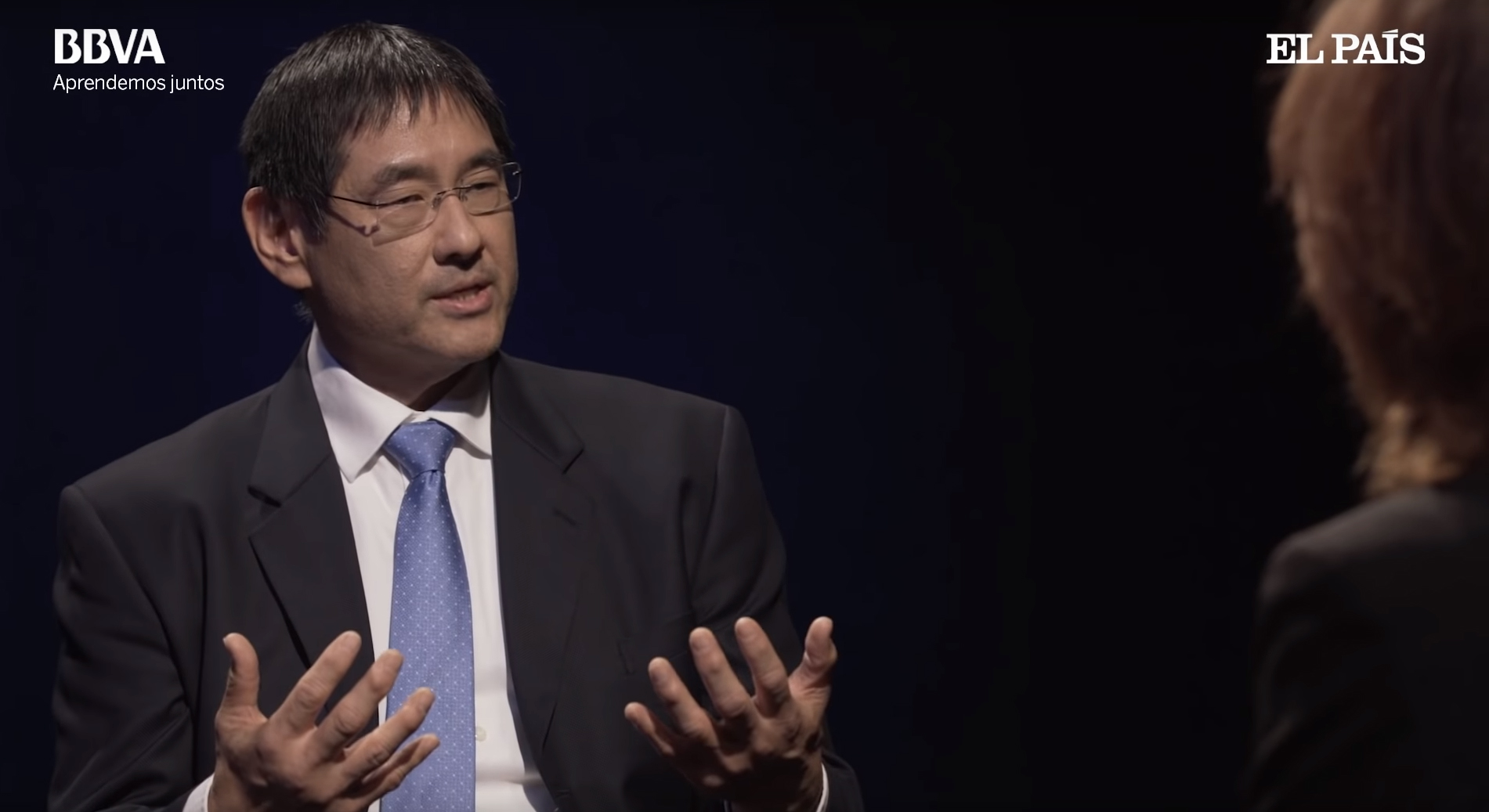How has the COVID-19 pandemic changed the way we interact with one another? Does mask wearing alter the way we communicate?
Humintell Director Dr. David Matsumoto has recently been interviewed for a number of publications regarding nonverbal communication during a global pandemic.
Please see below for the most recent news articles, podcasts and interviews!
 8/23/2020
8/23/2020
(Radio Health Journal) Reading Our Masked Faces
PODCAST: With faces hidden behind masks for COVID-19, we are losing some of the visual information we depend on for smooth communication. Experts discuss the awkward encounters and specific looks we’re likely to misinterpret when we can’t see other people’s mouths.
8/14/2020
(National Geographic) How Facial Expressions Help Robots Communicate with Us
VIDEO: A wrinkled nose, raised eyebrows, a frowning mouth—all can say a lot without uttering a single word. Facial expressions are the closest thing humans have to a universal language, and it could change our relationship with androids and other human-like robots.
 8/14/2020
8/14/2020
(Wall Street Journal) How to smize (smile with your eyes) when you’re wearing a mask
ARTICLE: Service employees in the Covid era practice a modeling move coined by Tyra Banks to show customers a happy face

8/14/2020
(Inverse) Three Tips to Communicate Clearly Behind a Mask
ARTICLE: Although there was some initial confusion, one thing has become clear six months into the Covid-19 pandemic: wearing masks helps limit viral transmission.

8/8/2020
(Inverse) How to be “Crystal Clear” over Zoom, Slack, and remote communication tools
ARTICLE: Before 2020, working from home was a rare perk for most people. But now, remote work has become the norm for two out of three American workers.

8/2/2020
(Philadelphia Inquirer) What’s the fate of hugs, handshakes, and high-fives in a post-pandemic world?
ARTICLE: Experts and on-the-ground greeters like Sylvester and Weinstein aren’t sure what the future of hugs, handshakes, and high-fives will be in a post-coronavirus world, but one thing is certain: It’s going to get awkward before it gets better.

6/25/2020
(KCBS Radio) Wave and a Nod: Smiling with a mask on proves challenging.
INTERVIEW: When we communicate with each other, the face has a lot to do with it – smiles, frowns and other forms of expression with the mouth. Now that we’re all wearing face masks to prevent the spread of COVID-19, we’re trying to find new ways to get our emotions across.

6/23/2020
(NY Times) Masks keep us safe. They also hide our smiles.
ARTICLE: Face coverings may be here for a while. How can we adapt to a world where facial expressions are invisible?
 6/10/2020
6/10/2020
(CNN) Coronavirus has stolen our most meaningful ways to connect
ARTICLE: Before emojis, before writing, before speech, there was non-verbal communication; body language, touch and use of physical space. Of all ways we communicate, the roots of non-verbal communication run the deepest. To show it and to know it is part of being a human.
 5/22/2020
5/22/2020
(Atlantic) We’ll Be Wearing Things on Our Faces for a Long Time
ARTICLE: You can choose between a mask and a face shield, but you can’t choose nothing.
 5/21/2020
5/21/2020
(Medium) I See You but I Don’t: How Masks Alter Human Connection
ARTICLE: They can disrupt our ability to communicate and connect. But there are ways to overcome a mask’s necessary downsides.

 Last week, we
Last week, we  Communication may be much vaster than we thought.
Communication may be much vaster than we thought.